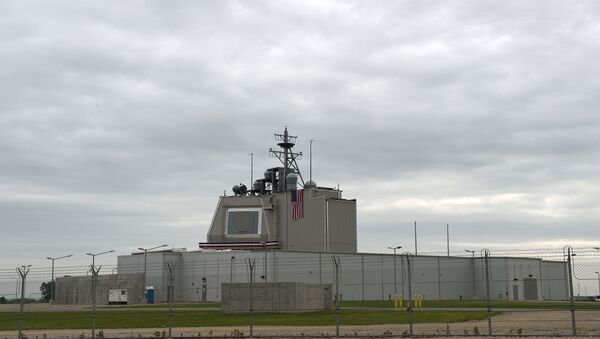According to The Mainichi Shimbun, the decision to increase costs was taken with the aim of introducing the new US radar, which has much more detection and tracking capability compared to the old Aegis radar.
The Defense Ministry intends to include these costs in the budget for the next financial year, which will start on April 1, 2019.
Japan is currently protected by four destroyers equipped with US Aegis missile defense systems carrying SM-3 intercept missiles as well as surface-to-air modernized Patriot Advanced Capability-3 (PAC-3) ballistic missile interceptors.
READ MORE: Japanese MoD Confirms Failed Test of Aegis Ashore Missile Interceptor in Hawaii
Sea-based Aegis systems are capable of intercepting a ballistic missile at altitudes of over 310 miles. Land-based Aegis systems have similar capabilities. Japan's missile defense is planned to be strengthened by equipping the Aegis systems with a new type of SM3 Block2A missile, the range of which is almost three times higher than those of the SM3.





